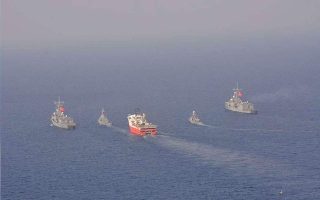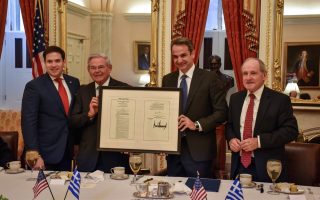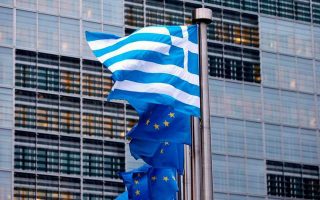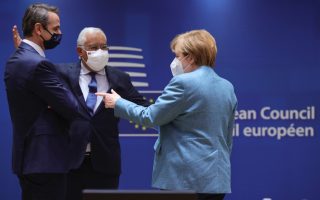East Med energy and geopolitical crossovers
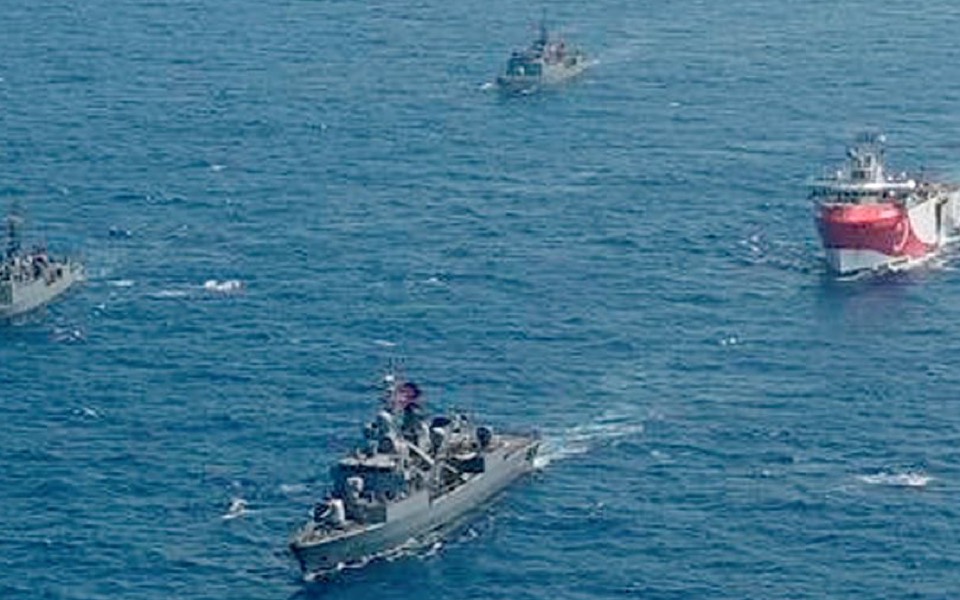
The Eastern Mediterranean region, where east, west, north and south converge, and the birthplace of the three main monotheistic world religions, is, from a geopolitical point of view, a separate subsystem. At the crossroads of three continents, Europe, Asia and Africa, the East Mediterranean’s geopolitics include not only regional actors but also others located in competitive concentric circles: the United States, the Russian Federation and the European Union. The area is also a part of two major geostrategic triangles, one completed in the north and northeast with the Black Sea and the Caspian Sea, and another to the south and southeast with the Middle East and the Persian Gulf.
After 2008, the security and political order of the East Med subsystem – as it had been operating since the onset of the Cold War – collapsed due to worsening relations between the two most important regional allies of the United States – Turkey and Israel – and continuing turmoil in the Arab world. That order was replaced by a proxy civil war in Syria and Libya, and geopolitical rivalry between Turkey, Israel, Cyprus and Greece, as well as between the Western countries and the powers of Russia, Turkey and Iran, which enthusiastically aspire to a review of the regional status quo in Western Eurasia.
In addition, the Eastern Mediterranean is becoming an increasingly important area for the international security system because of its natural resources, as the interests of regional actors interact with major international actors such as the US, France, Germany, the EU and NATO. The discovery of offshore gas reserves in the Eastern Med (2010), could provide the EU with a much-wanted energy resources diversification from Russian gas, Middle East energy resources included, and greater regional security. The US and EU – the latter applying common energy policy (Energy Union, 2015) and the Regulation on the Governance of the Energy Union and Climate Change (2018/1999) – want to stabilize the regions of the Eastern Med and the Western Balkans in order to secure a sustainable gas and LNG hub near EU borders, as the “Southern Gas Corridor” (SGC) neither suffices to reduce its dependence on Russian gas nor to expel the growing influence of Russia and Turkey.
Noteworthy is that Ankara has elevated its relationship with Beijing to one of strategic partnership and signed agreements to build a “Silk Railway,” increase bilateral trade and upgrade military relations. With EU membership stalling, Turkey is looking increasingly east to China and sees it can play a mediating role between China’s Shanghai Cooperation Organization (SCO) and NATO. China itself sees Turkey as an important interconnection point on its New Silk Road and, more importantly, a potential source of advanced NATO technologies.
Remarkably important is the fact that Turkey’s behavior in the Eastern Mediterranean resembles that of China in the South China Sea (SCS). As a matter of fact, the similarities between the two maritime regions are stunning: In both areas there is a vast zone of primary importance for international trade that is rich in hydrocarbons and upon which a major state (China in the SCS, Turkey in the East Med) is advancing its claims by adopting an assertive diplomatic-military stance, thus causing neighboring powers to react by strengthening their mutual cooperation. Akin to what China does in the SCS, it is possible that Turkey will develop its maritime law enforcement units, create naval militias, set up logistic/military facilities (notably in Turkish-occupied northern Cyprus, where it has stationed military units since 1974) and conduct intimidating maneuvers to assert its influence over the area, to harvest its resources, and to avoid being bypassed by the construction of new pipelines. Again, similarly to what is happening in the SCS, this increases the risk that an incident could escalate into a broader armed conflict. And considering the growing energy demands in the area and beyond, this is not an unrealistic scenario over the long run. Only through a “Pan-East Mediterranean Energy Club,” including an International Law of the Sea observing Turkey, analogue to the SCS’s “Pan-Asian Energy Club,” is there hope that a military escalation in both regions can be averted.
Thrassy N. Marketos is an energy and geostrategy analyst, a lecturer at the Hellenic Ministry of Defense’s Institute for Continuing Education, and a member of the Geopolitics-Energy Advisory Board at the Institute of Energy for South East Europe (IENE). This is a summary of an article that appears in the “Energy, Climate and the Environment” Springer Editions series book titled “Aspects of the Energy Union: Application and Effects of the European Energy Policies in SE Europe and Eastern Mediterranean,” which presents a multidimensional perspective on the critical issues in the European energy sector.
